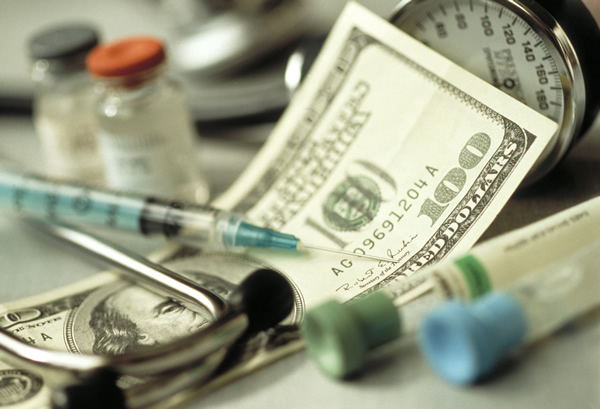CDC: America’s Uninsured Rate Rising During Trump’s First Year
The Trump Administration released “American Patients First,” the President’s blueprint to lower drug prices and reduce out-of-pocket costs. When it comes to the cost of prescription drugs, our healthcare system faces four major challenges: high list prices for drugs; seniors and government programs overpaying for drugs due to lack of the latest negotiation tools; out-of-pocket costs for consumers; and foreign governments free-riding off of American investment in innovation.






